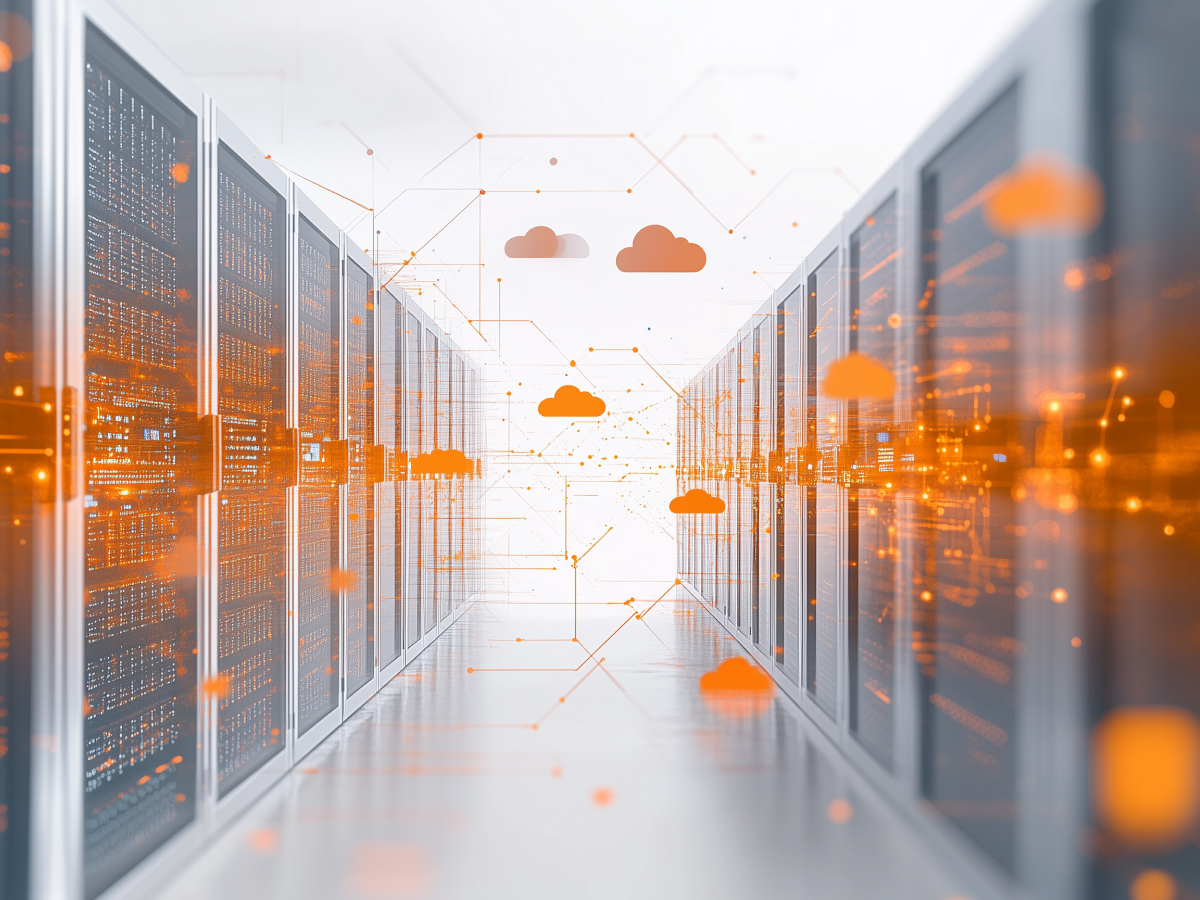Microsoft’s focus on data center efficiency
The surge in demand for AI-driven applications like ChatGPT is putting immense pressure on the energy consumption of data centers. This is a recalibration of how we think about power and performance.
Microsoft has recognized the urgency of this challenge. The focus is simple: achieving more with less. Their modular cloud ecosystem breaks down hardware into components that can be optimized individually.
With AI workloads rapidly expanding, training models and running inference require an astronomical amount of computational power. Microsoft has anchored its strategy on climate-conscious innovation, where efficiency is a target. Meeting climate goals is woven into this vision, making sure the cloud’s potential is met without compromising environmental stewardship.
Azure Boost
Azure Boost is a bold leap forward. Microsoft didn’t settle for incremental tweaks; it reimagined the interaction between hardware and virtual machines. The introduction of FPGA-based cards is a key highlight here. These cards operate outside tenant boundaries, giving network and storage functions the freedom to excel without compromise.
Remote storage now delivers a 15% improvement in IOPS and a 12% increase in bandwidth. Local storage performs even better: IOPS have climbed from 3.8 million to 6.6 million, while throughput surged from 17.2GBps to 36GBps.
Impressively, these advancements don’t disrupt operations. Azure Boost can update the network stack in under 250 milliseconds, leaving current connections virtually untouched. When running more virtual machines on the same hardware, Microsoft has amplified both cost efficiency and scalability.
Custom SDN solutions for scalable networking
Networking is the backbone of cloud infrastructure, and Microsoft has overhauled it with its custom smart switch solution, Dash. Built on their SONiC SDN stack, Dash integrates custom data processing units (DPUs) that can manage over 1.5 million connections per second.
Instead of replacing hardware to meet rising demands, Azure’s modular design allows it to scale with precision, just add more DPUs. This keeps costs predictable and adapts the infrastructure to meet exponential growth in network traffic. Microsoft has built a system that scales without strain, ready to meet the demands of tomorrow.
Serverless computing as the future of Azure
Serverless computing is here and Microsoft is leading the way. Their serverless ecosystem is about creating a cloud that works smarter and faster.
Azure Container Instances (ACI) are a standout example. In using standby nodes, ACI can scale Kubernetes workloads dynamically without wasting resources on idle nodes. During a live demonstration, Microsoft launched 10,000 pods in just 90 seconds, unheard-of speed at this scale.
Security isn’t sacrificed for speed. ACI’s architecture isolates applications running in the same pod, maintaining airtight safety even in a shared environment. Tools like Hyperlight, Dapr, and Drasi support this serverless vision, delivering flexibility and speed across Microsoft’s cloud operations.
Confidential computing innovations
Data breaches are a constant threat so Microsoft has overhauled cloud security with confidential computing. Encryption is embedded in every layer.
Integrated hardware security modules (HSMs) make sure that encryption keys are never exposed, even during transitions across virtual boundaries. Microsoft also extends its trusted execution environments (TEEs) to GPUs, creating a secure channel for sensitive operations like AI inferencing.
Take OpenAI Whisper as an example. From the moment a user’s prompt enters the system, every interaction, GPU processing included, is encrypted. This creates a secure, end-to-end pathway that sets a new standard for handling confidential workloads.
Confidential clean rooms
Collaboration often comes with a risk of exposing sensitive data. Microsoft’s Confidential Clean Rooms eliminate that risk entirely.
Here’s how it works: data enters the clean room encrypted and stays that way throughout processing. Only operations that meet predefined policies are executed, and results are delivered only to the approved party. This creates a secure, controlled environment perfect for industries bound by strict regulations.
The use cases are compelling. Two legal teams can collaborate on discovery without sharing sensitive information. Companies in mergers and acquisitions can analyze shared data without compromising confidentiality. AI models can even be fine-tuned with customer data in a way that keeps both parties’ information private.





